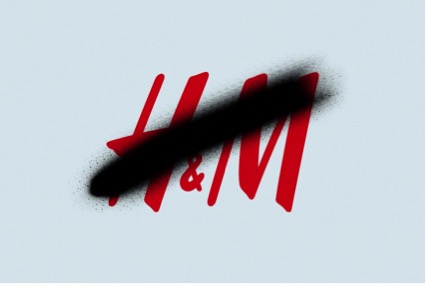
H&M is fighting graffiti and street art
by Yair Frid, onGraffiti Removal , April 10, 2018

by Yair Frid, onGraffiti Removal , April 10, 2018
The giant of low price fashionable clothes, H&M made a move that street artists considered as a direct attack to art and artists’ rights, bringing a lot of attention around the world.
It all started when the brand used street art from Jason “REVOK” Williams, in one of their ad campaigns without any sort of approval from the artist. As a response, “REVOK” wrote a letter asking the brand to remove the campaign because it contained his artwork. The response of H&M was to issue a lawsuit against REVOK claiming that street art has no copyright rights.
As a result, the artist and many others, such as STASH, KAWS, Daniel Arsham and the collective TATS CRU pronounced themselves against the lawsuit because it represents a direct target on their rights as artists.
The biggest concern expressed by these artists was that the lawsuit could set precedents for regulations or federal copyright laws that would affect graffiti directly. In that case any corporation would be entitled to use street art or graffiti without the consent or permission from the artist who painted it.
Additionally, some artists agree that although they know that graffiti and street art is not meant to last, that does not mean that corporations can use it for their merchandise or in their ad campaigns to gain profits. And while some consider street art as a form of vandalism that every year costs millions of dollars from taxpayers in graffiti removal works, others point out the merit of the artists.
Nevertheless, REVOK expressed that he would have not given his permission to H&M to use his artwork because it is against all that street art represents and its ‘anti-establishment’ spirit, which he considers is the reason why H&M used his art and then denied to give the needed credit for it.
After the backlash created by artists, H&M has recently decided to withdraw the lawsuit and currently is looking to reach a solution with REVOK, arguing that their intention was never to set a precedent regarding the legality of street art. Actions like this contribute to the debate between people who support graffiti and its detractors.